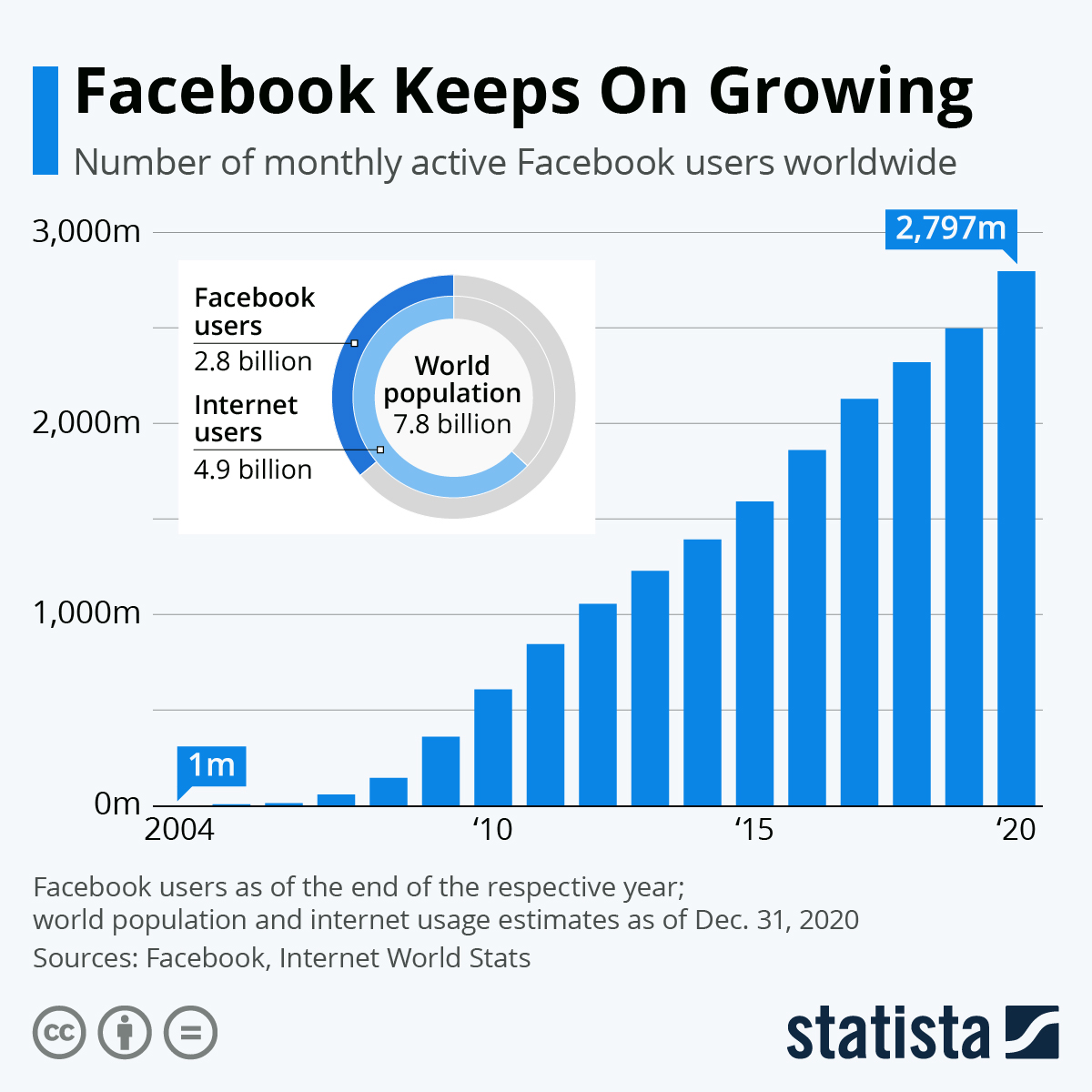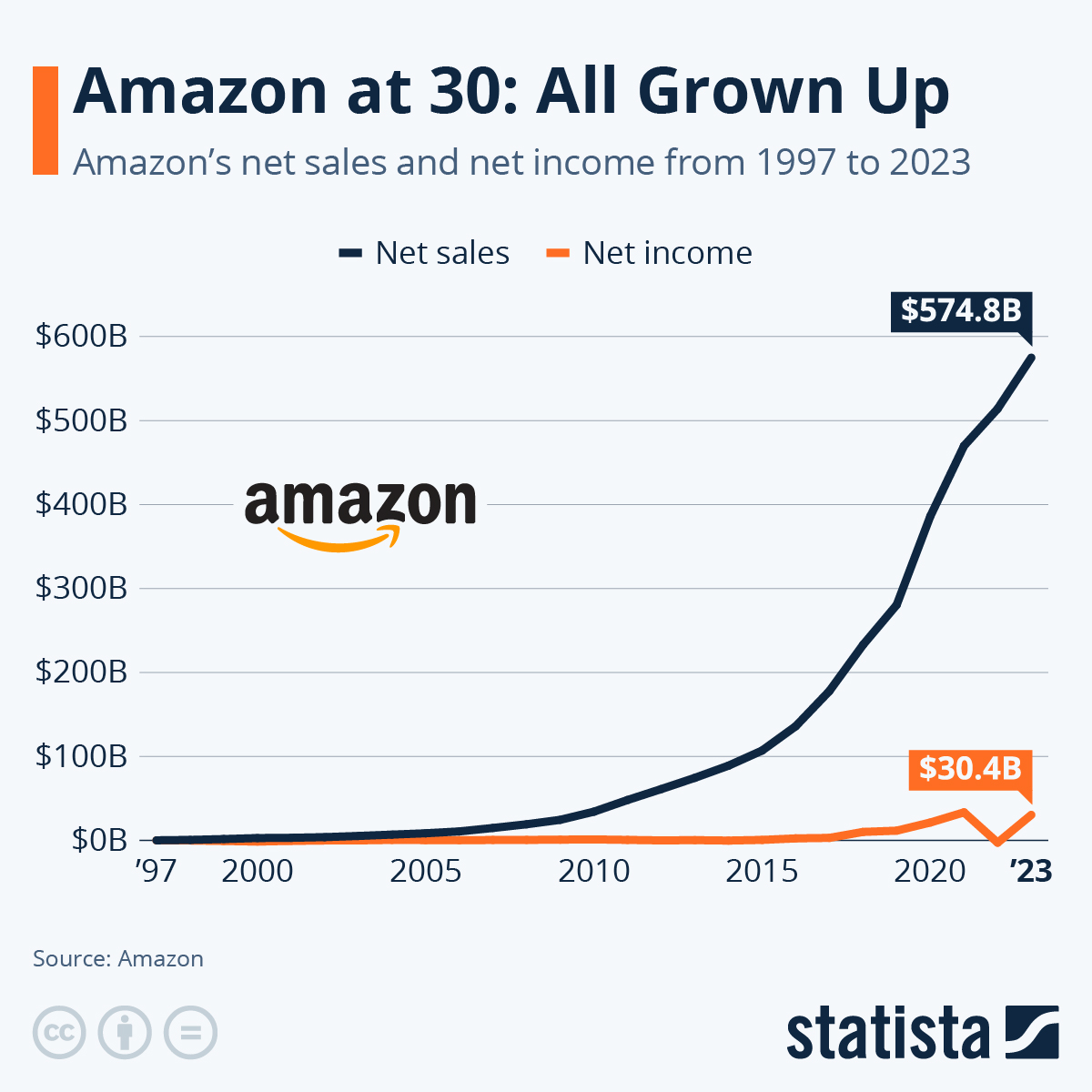Business Model Innovation
Business Model Innovation: The hidden backbone of technological innovations
It’s tempting to hail the success of most of the large tech companies of our time to be purely due to their technological innovations. The truth is that those technological innovations were almost always coupled with innovations in business models to produce the successful companies we see today. These are the likes of Google, Facebook, AirBnB and so on. Without these business model innovations it would not have been possible to for these tech companies to reach the massive scale and growth trajectories that they did that. These growth trajectories far exceed those in other industries however tech companies are mostly known for their innovative tech instead of business strategy. Some of these business have pioneered growth models, which seem obvious today but were very non-obvious at that time.
Let’s look at some examples before returning to a general discussion:
Google’s decision to monitize personalised banners rather than ranking websites who paid them higher, as all other search engines did at the time, allowed them to keep their search completely organic and high quality which massively increased their value to users. This in turn increased the number of users which in turn sky rocketed the revenue from the banner ads. Google was also able to leverage its scale to deliver personalised ads, which would not have been possible if it were small. Google’s montization allowed them to keep their search high quality and which scaled their banner ad business.
When Facebook was deciding how to monitize itself after a couple of years into their business, they could have chosen a monthly or yearly subscription model which was and is very common for internet utilities. However, setting up a paywall or limiting features to some users would have severely decreased their growth rate worldwide. So instead they decided to build a business around understanding their user’s preferences and connecting them with relevant business products. This did not interfere with the user experience and signs ups kept increasing. When this decision was made, no one had any idea if targeted advertising was a feasible business model much less how large it could be.

Unlike Google’s search and Facebook’s social media platform, Amazon did not have any propriety technology which set it apart from other online sellers at the time. While most online sellers manufactured the products they sold on their website and earned money by the difference between their manufacturing and selling cost, Amazon choose to be a distribution platform and get a tiny cut on each item sold. They even allowed third party sellers to use their website as a marketplace as they had a large traffic. This allowed them to not be limited to a fixed number of items or categories and amass a massive catalogue of items. This made them the one stop shop for most online buyers and those tiny cuts cumulated to large numbers. Uber has done the same thing with cabs, by not owning any vehicles themselves they have amassed a large distribution of vehicles making them very valuable to their users.

Once upon a time, the iTunes Store dominated online sales of music and movies where users could buy movies and albums. iTunes charged users per purchase or rental. Today, Netflix has come along and montized itself not by individual purchases but by a subscription with gives users access to all content in their catalogue. For a low price a user gets access to a very costly database of content and in turn Netflix gets a large number of users. Spotify followed a similar business model for music. Had Apple innovated a different business model for their iTunes Store, they could have owned the online media industry today.

Many of these business models would have at one time seemed ludicrous. Why licence out your whole content library for a low flat fee when you can charge per item? Why not ask users to pay a subscription if they like your product so much(Facebook)? By their very definition, innovations are new and cannot point to an previous example where they succeed which makes it hard for people to pick them
These companies innovated or followed unconventional business models that were specifically aimed to not limit growth. By choosing a business model that does not limit user growth, companies are able to scale and achieve major competitive advantages very quickly in a winner takes all or winner takes most market. Extreme growth and competitive advantage by that growth are attributes built into the business model. These companies understand the importance of speed and the importance of establishing themselves as the market leader as other competitors can spring up out of no where in the digital age . Focusing on high growth allows them to get user attention and leverage network effects to create strong barriers to entry for other competitors. They plan to effectively leverage scale whether that’s through hiring, marketing, distribution effects, etc once they reach it to gain strong competitive advantage. Growing slowly for such companies threaten their existence as building copy cats in the digital age is quite easy.

A business plan that focuses on scale, must include ways in which that scale will benefit it’s users either though greater network or distribution effects. An innovate business model can make the market much larger due to it’s price or convenience.
Companies like Amazon, Uber, Netflix and Spotify which were largely distribution platforms did not have any innovative technology which was not available to others at the time, rather it was their innovative business model that was able to leverage existing technology to make itself a success. Because of the access to users that technology provides, various business models that didn’t make sense before can earn huge revenue.
It may look like these companies were destined to succeed because of their technology, but decisions in how they structured their business and growth models were crucial to their success. Google wasn’t the first search engineer , Facebook wasn’t the first social media and Netflix wasn’t the first internet media company. The key take away is that these companies succeed because of a coupling of technological and business model innovations. Don’t just bet on innovative tech solutions, but also on innovate business models that leverage technology effectively.
Interested in learning more on how tech companies achive lightning fast scaling? Read Blitzscaling: The Lightning-Fast Path to Building Massively Valuable Companies
